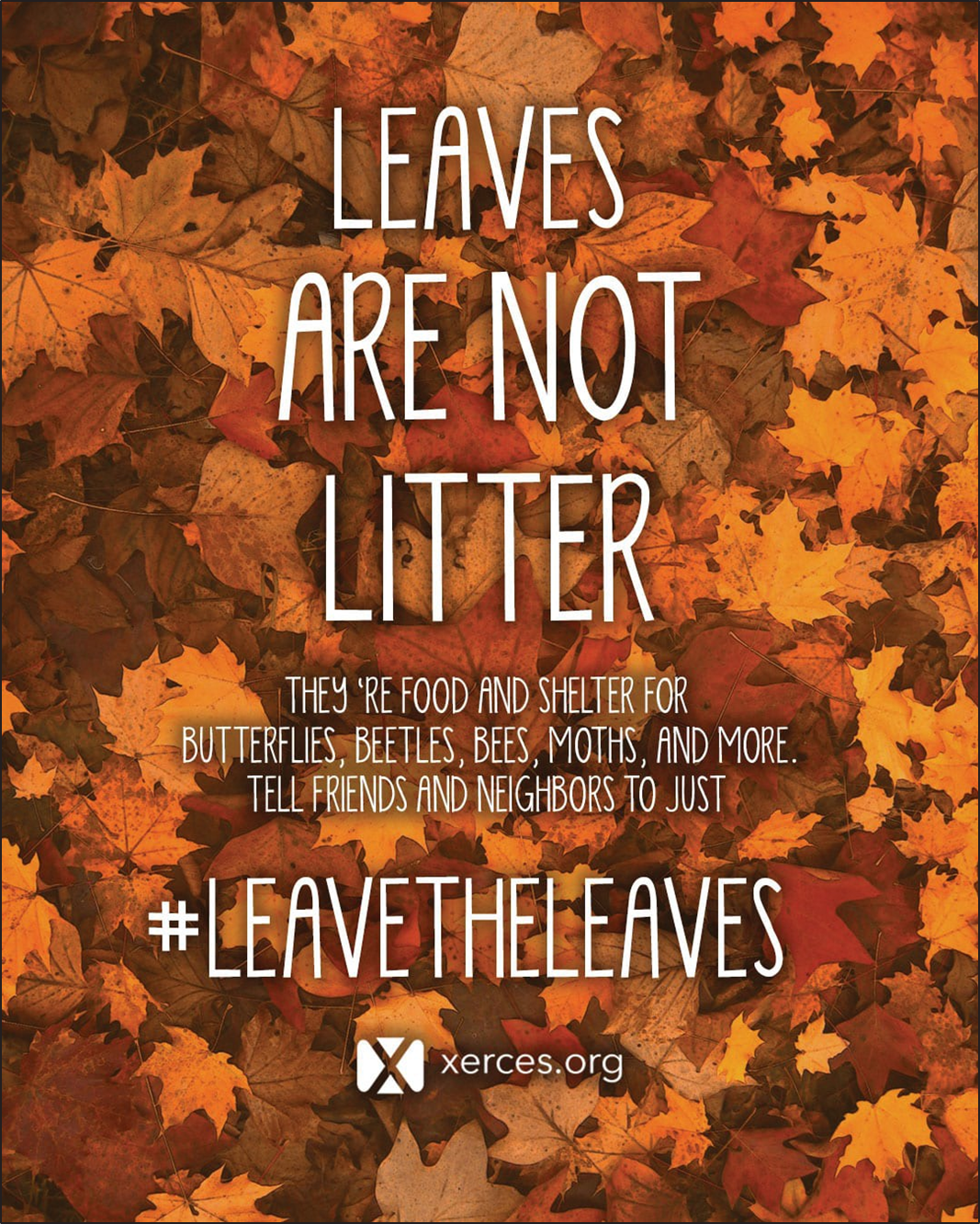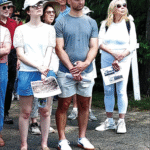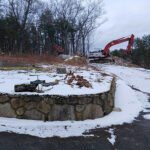“Leave the Leaves,” a recent landscaping practice, is saving future generations of moths and butterflies, which is vital to the ecosystem. Many Wayland gardeners have adopted the new practice of leaving layers of leaves in at least part of their yards, inconspicuously piling leaves around the bases of trees and shrubs.
Through the Wayland Garden Club’s educational efforts, local gardeners responded to scientific findings related to decades of blowing or raking fallen leaves into bags and sending them to the landfill. While gardeners were enjoying the “tidy” appearance of their winter yards, they were unaware that they were killing future generations of moths and butterflies. The layers of leaves around trees are Mother Nature’s incubator, keeping caterpillars, larvae, and over-wintering insects alive.
Gardeners’ commitment to this environmentally sound gardening practice will ensure that our grandchildren will enjoy caterpillars. To children, caterpillars are small miracles. Many of us remember holding a caterpillar on our small fingers, watching its many legs ripple along our skin. We marveled at their fuzzy coats, their wiggling bodies, their curious journeys across a leaf or a twig. But somewhere along the path to adulthood, many of us stopped seeing caterpillars as wonders. We began to view them as garden pests, or worse, ignored them entirely.
I invite you to revisit that childlike fascination—and discover that caterpillars are not only enchanting, but essential to life on Earth. Caterpillars are a life stage of butterflies and moths, a phase in their lives full of transformation and purpose. While we often celebrate butterflies for their beauty, it is the caterpillars—humble, hungry, and hidden—that perform some of the most important ecological work. They are the green engine of the food web, converting the energy of plants into protein-rich bodies that sustain birds, mammals, reptiles, amphibians, and even other insects.
Most songbirds, including beloved backyard favorites like chickadees, wrens, and cardinals, rely almost entirely on caterpillars to feed their young. One pair of chickadees needs to gather between 6,000 and 9,000 caterpillars to raise a single clutch of chicks. Without caterpillars, our birds would go silent.
Caterpillars are ecological linchpins. When we care for them, we restore a web of life that stretches from soil to sky. We rekindle our capacity for wonder. And in doing so, we become better stewards of this planet—not just for caterpillars, but for ourselves and the generations to come. So next time you see a caterpillar inching along a branch, don’t brush it away. Pause. Marvel. Remember. You once loved them, and leave the leaves in your garden.
The Wayland Garden Club was organized to help local gardeners learn and grow together in their landscaping practices. They convey information about new scientific concepts, plants, their companion species, and the habitats they create. When new scientific information is disseminated, local gardeners use the new knowledge to improve their gardens and to reduce any negative impacts from residential and municipal landscaping.
















